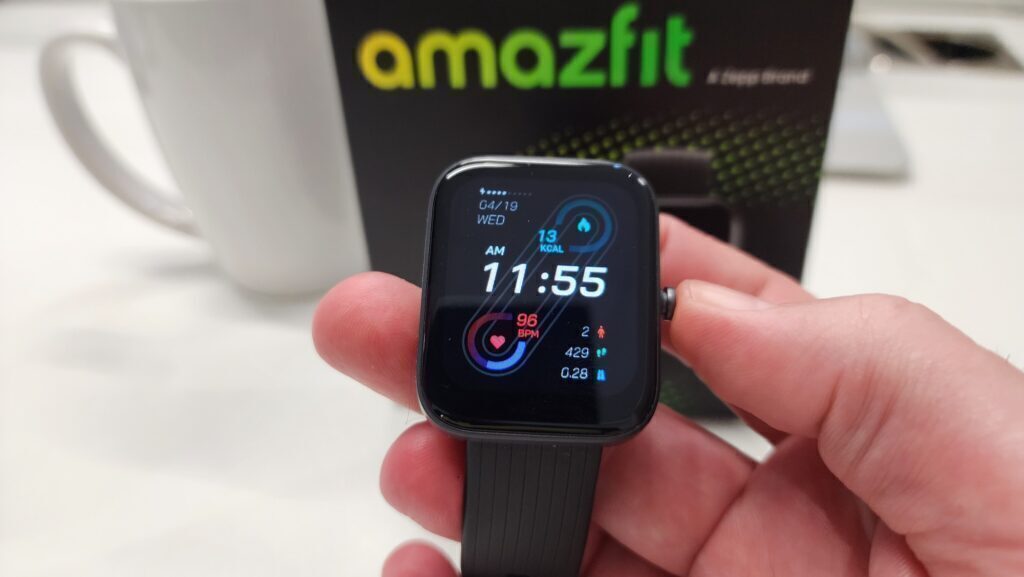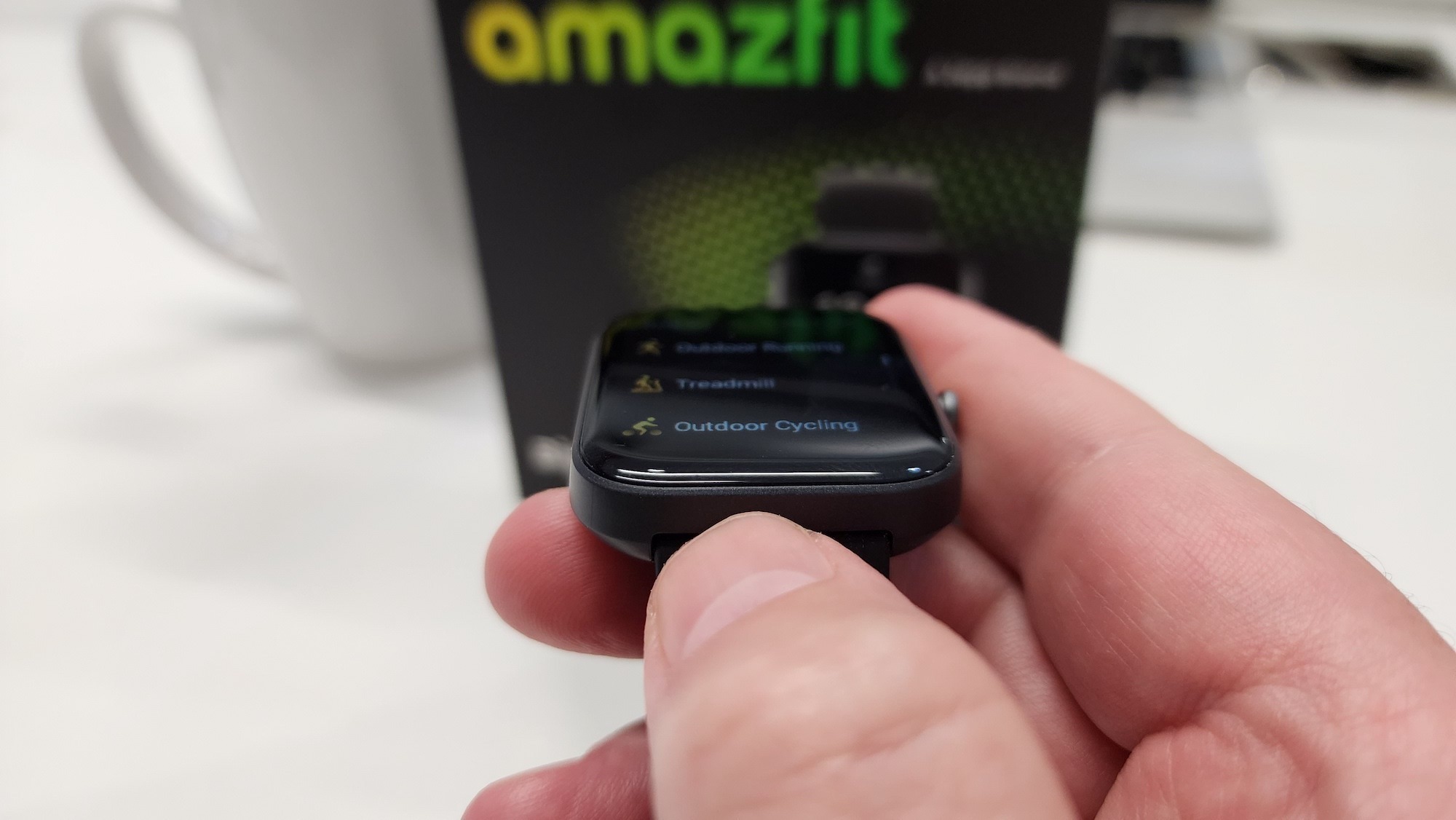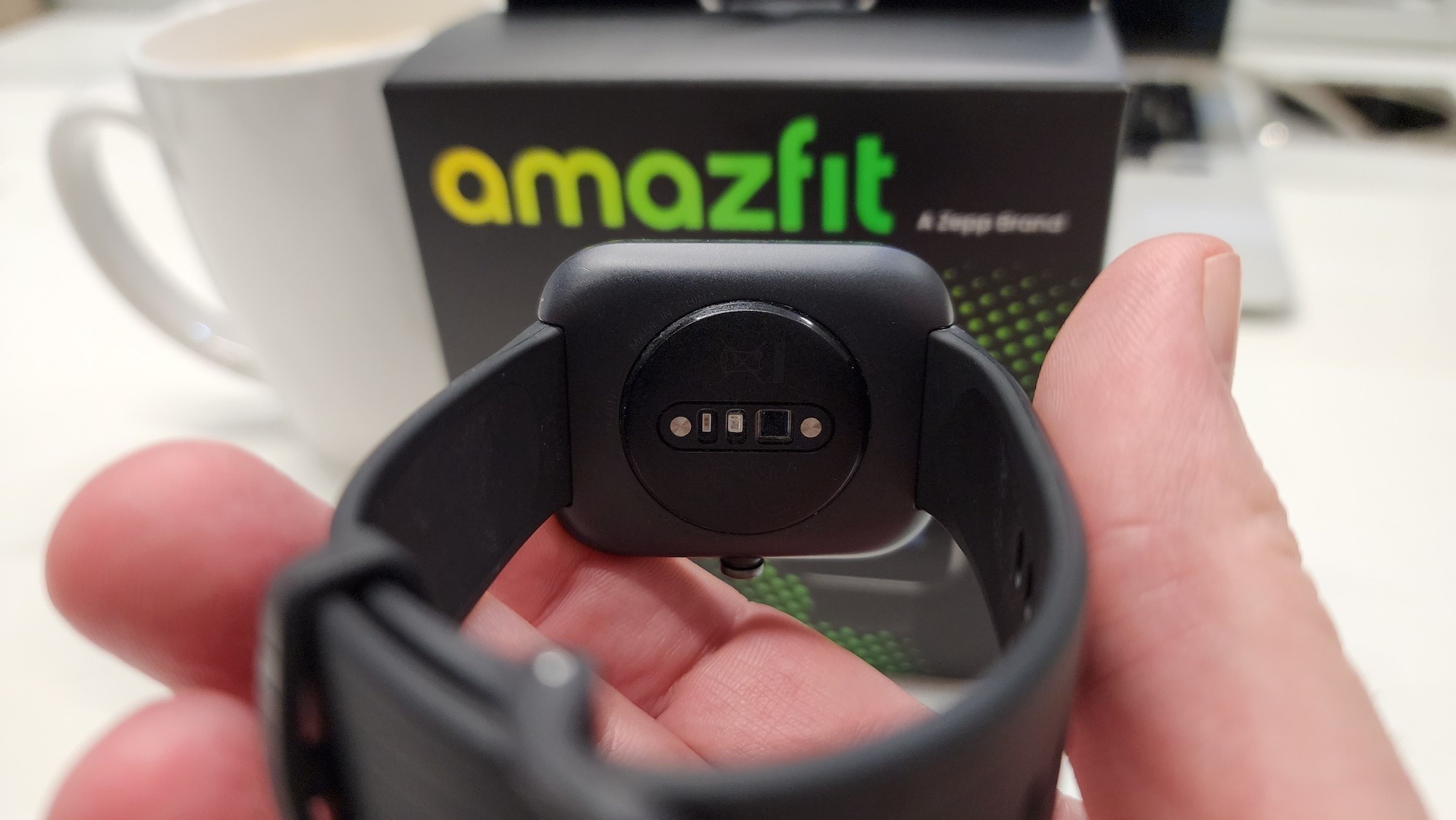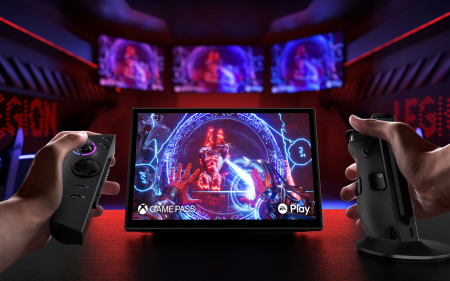The Amazfit Bip 3 Pro is a budget way of putting everything on your wrist. If you're not expecting Garmin-like (or even Fitbit-like) levels of performance and just want to keep an eye on your movement across various scenarios, this'll do the job for not very much money at all. But be prepared to make concessions to the price.
-
Design
-
Features
-
Battery
-
Tracking
Stuff has had its hands on loads of wearable tech over the years but one brand we’ve been dying to try out is Amazfit. Sure, it doesn’t roll off the tongue and the Amazfit Bip 3 Pro is an even clunkier moniker but the Chinese brand offers great-looking devices at price points considerably below premium.
The tricky thing is determining whether those prices are a bargain or accurate reflections of what you’re getting. That takes experience and experience is what we have. Amazfit, weirdly named or not, isn’t likely to strike you as a waste of money. Quite the opposite. But… there are a few things you should know.
A box of Bip
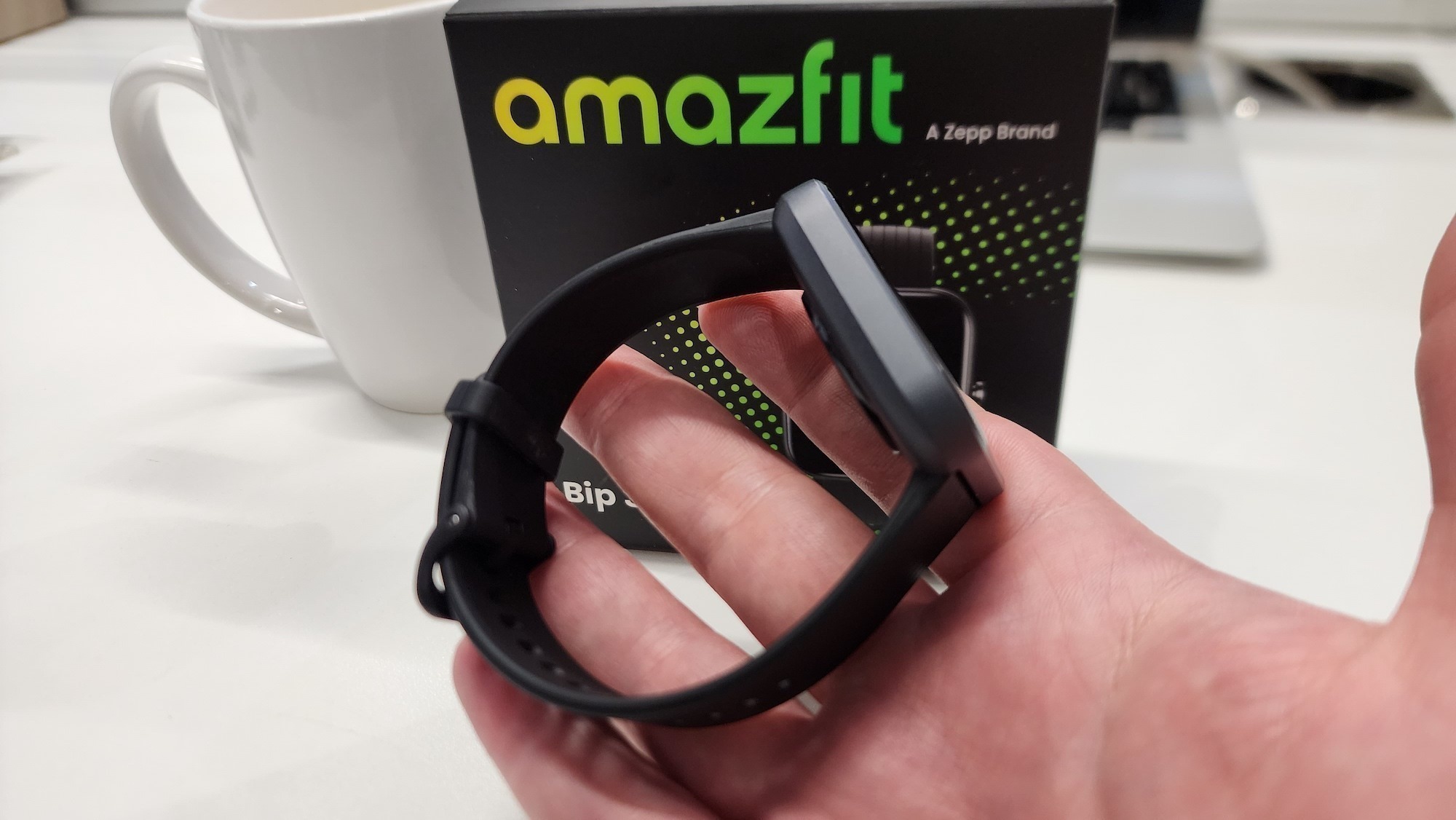
Crack open the relatively compact box and you’ll find surprisingly little inside. The Bip 3 Pro itself is a lozenge-shaped wearable with smartwatch ambitions and one eye on Apple’s design. The other eye is directed toward Fitbit’s features, but we’ll get to that in a second.
Otherwise, there’s a charging cable in the box and a little paper manual that we didn’t even bother to inspect. The charger, of course, is utterly proprietary. You’ll never connect it to any other device you own. Unless you’re handy with a soldering iron, but that’ll invalidate your warranty, we’re pretty certain.
It’s what’s missing from the Amazfit Bip 3 Pro’s box that’s most remarkable. Many wearables offer at least one additional strap — either a longer or shorter one, depending on whichever is installed by default. That’s not the case here – something that’ll upset plenty of others – not just us. If you’ve got thicker wrists than most, the Bip 3 Pro probably isn’t going to fit you. We’re not especially bulky and the strap felt like it was reaching to make it around our arm. Once secured, it was secure enough but a violent enough wrench might have torn it loose. Ah, well…
“Based on…”
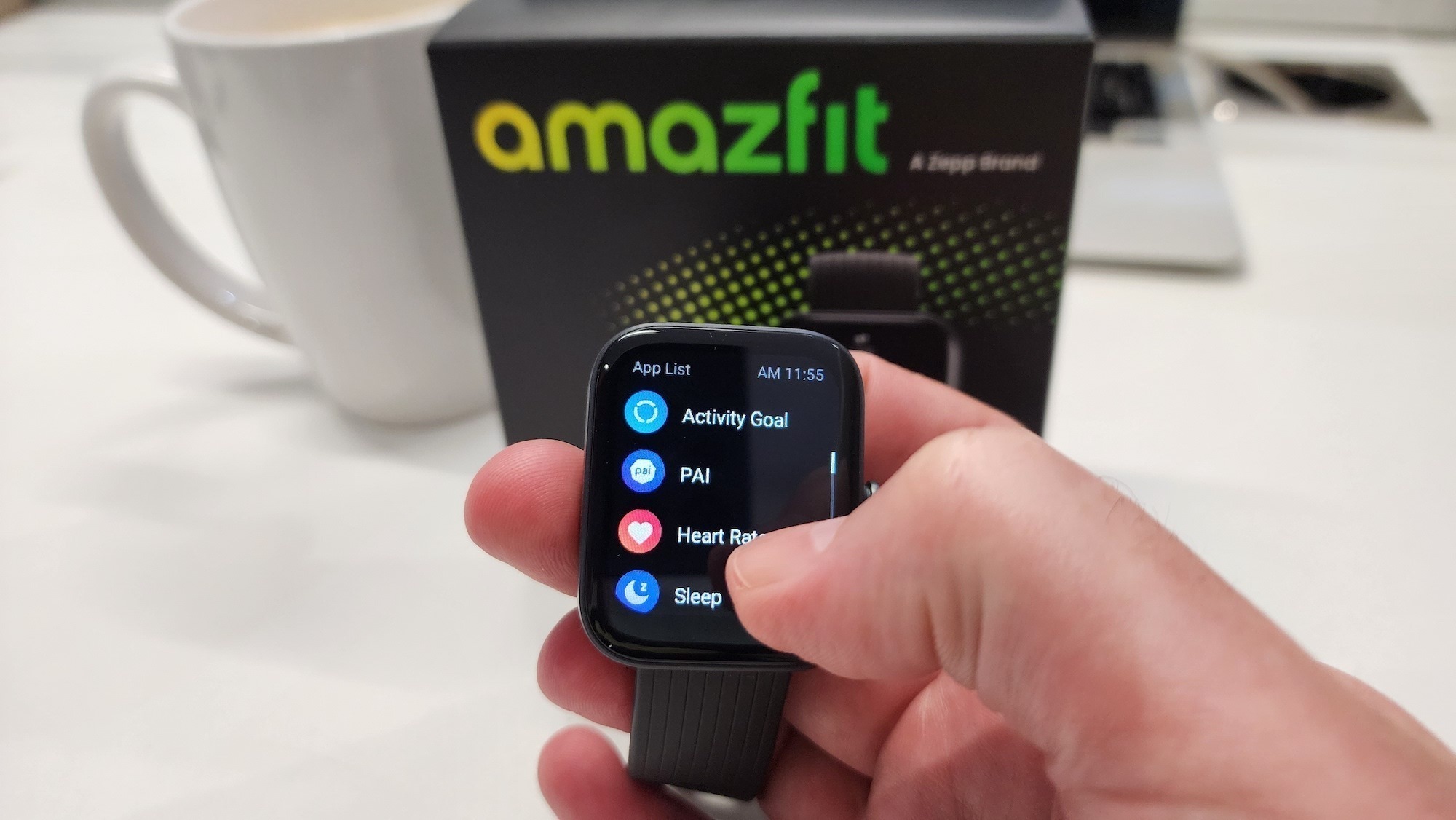
Run your eye down the Bip 3 Pro’s specs list and you’ll see that it’s packing the features and functions rivalling even Fitbit’s most recent devices. On paper, anyway. Heart rate and blood oxygen tracking are features. So is stress tracking. Movement and sleep, a whole back of workouts, and even onboard GPS are included in the Bip 3 Pro’s R2,000 price tag. Sounds like a great deal, right?
Actually, yes. But it’s not as grand as it sounds at first. The onboard software isn’t nearly as slick as Fitbit’s efforts (and is miles from Apple’s elegance) and the sensors, while all present and accounted for, lack the polish you’d get from a pricier wearable. Heart rate tracking is an option but you’ll have to enable continuous tracking in the Zepp app (Amazfit is owned by a company called Zepp Health). Otherwise, it’ll save battery by only intermittently tracking your heart metrics.
The same goes for stress and SP02 tracking. If you want that data, you’ll have to manually trigger tracking for that moment. This partly explains the excellent battery life but it’s more legwork than you’ll encounter from other brands where it’s usually set to automatic. How accurate your data is also in question. The Bip 3 Pro is great for ballpark figures but if you’re after high degrees of accuracy, buy a Garmin running watch.
Pros and cons
The Amazfit Bip 3 Pro has loads going for it. That battery is authentically great and the 1.69in TFT touchscreen display is bright enough, despite not being an OLED. The software isn’t totally slick but it’s not shabby either. The companion Zepp app is an intuitive wall of metrics. How far you can trust those figures is another story but it’ll faithfully report everything it tracks without asking for additional money to see your historical data. Looking at you, Fitbit.
It’s lightweight on your wrist and it’s also rated for up to five atmospheres — that’s submergence up to 50 metres in marketing speak. We took it surfing and not only did it survive the trip into the ocean, that silicon strap we were worried about managed to hang on in some heavy conditions.
But that still leaves the sensors as the weakest link. For two grand, you’re not being ripped off but, as mentioned, you’ll have to put in the effort to make the most of the hardware on your wrist. That’s fine — money replaces effort and, sometimes, effort can replace money. This is one of the latter instances.
Amazfit Bip 3 Pro verdict
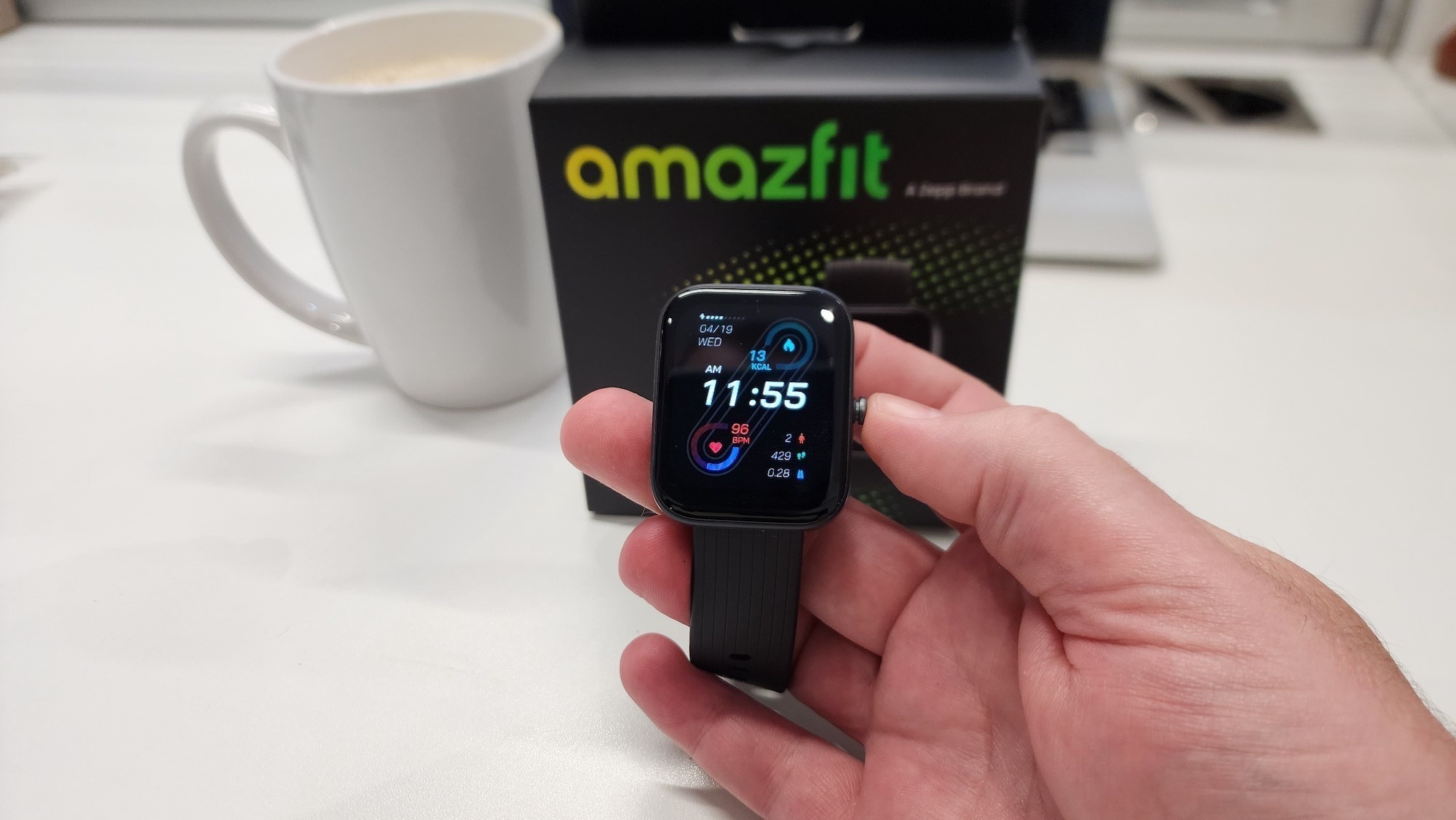
If you choose to stick one of these budget wearables on your wrist, you won’t be sorry. It skimps in some places and for just R2,000, it kind of has to. But it keeps the things that matter. It’s hard to drown, it looks stylish enough on-wrist, the battery lasts roughly two weeks (unless you want permanent heart tracking), and there are plenty of sensors to fire information at your face through the easy-to-use app. In the losses column, that display could have been better, the tracking could have been more accurate (yes, even with onboard GPS), and the sensors and general interface could have been easier to make use of. But that would have jacked the price up and that’s not the point of this affordable device at all.

